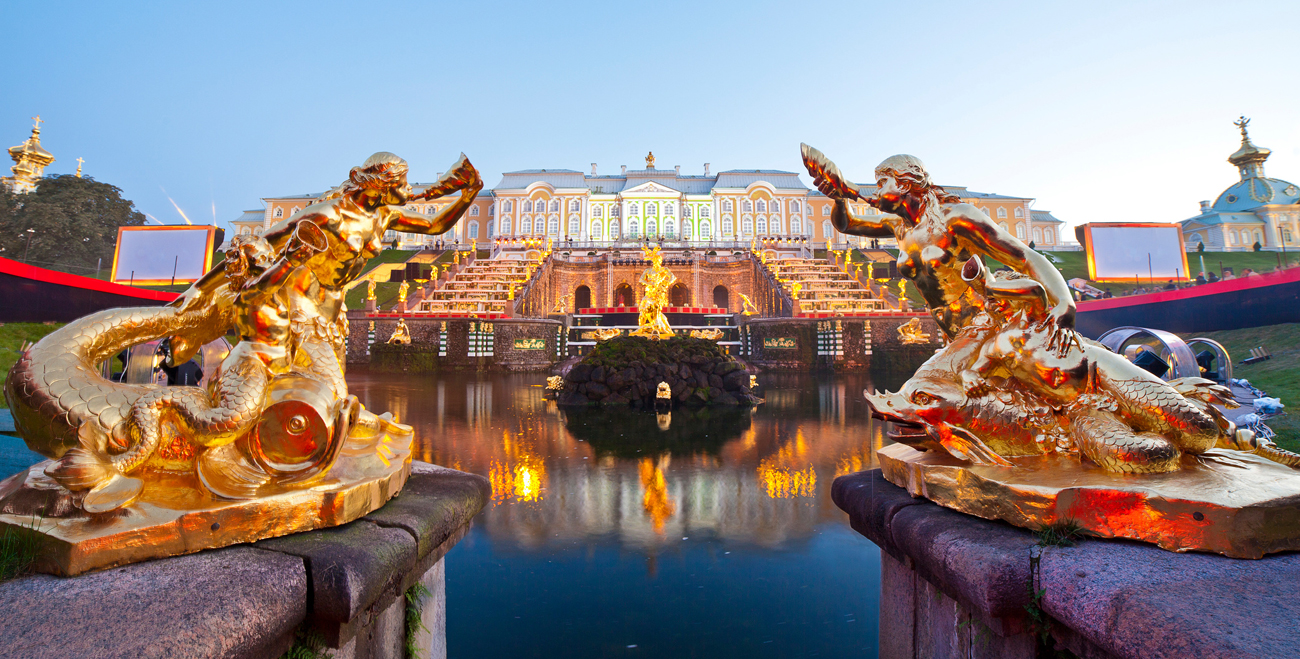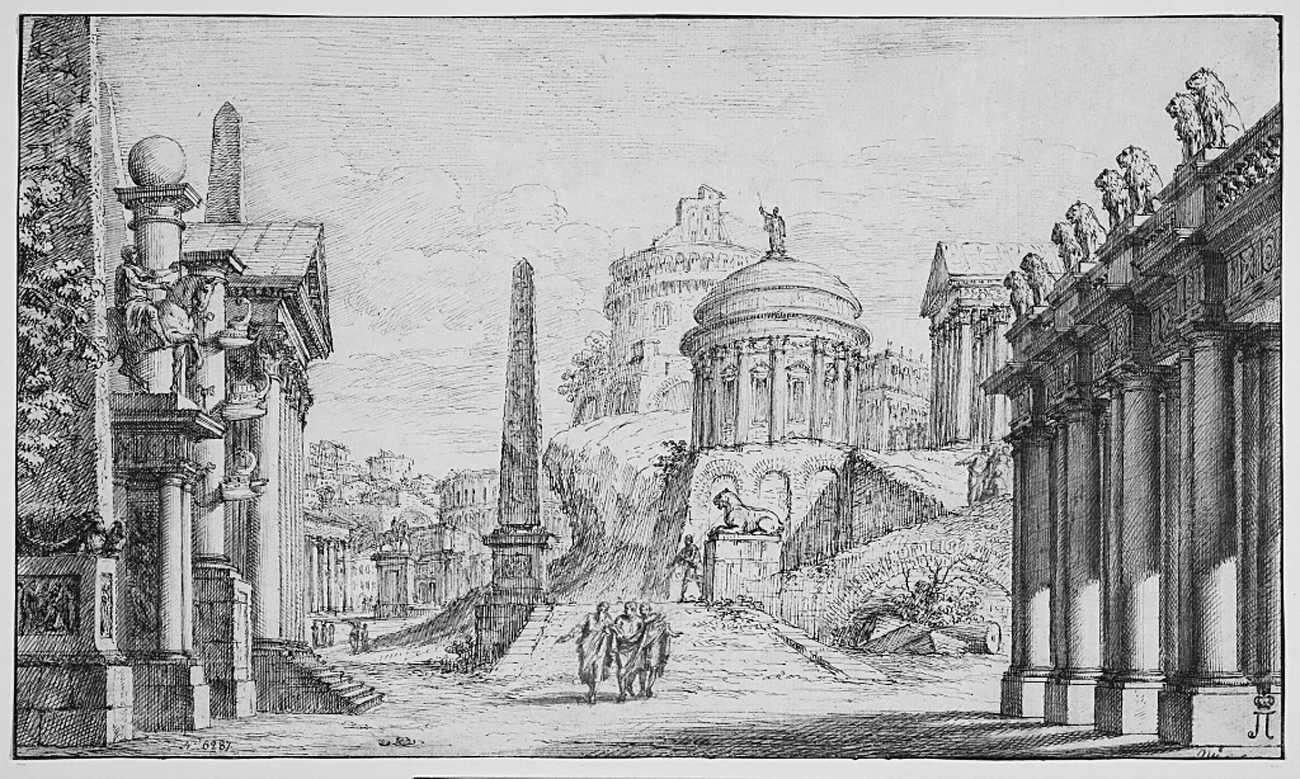Hired hands: The foreign artists the Romanovs lured to Russia

Peterhof, the magnificent land of fountains in St. Petersburg’s suburbs.
Lori/Legion-MediaArchitecture
The custom of inviting foreign architects to Russia has existed for a long time. Italian Aristotele Fioravanti, for example, built the Dormition Cathedral in the Kremlin in 1475-77. But it was during the rule of Peter the Great that the tradition was significantly expanded. The emperor lured away the Swiss architect Domenico Trezzini from the Danish king in Copenhagen, where he had been constructing fortress walls. In Russia, Trezzini built masterpieces such as the Peter and Paul Fortress and Peter the Great's Summer Palace in St. Petersburg.
 Peter and Paul Fortress. / Source: Lori/Legion-Media
Peter and Paul Fortress. / Source: Lori/Legion-Media
Italian Giacomo Quarenghi, who back home worked on modest commissions for Pope Clement XII's nephew, the Count of Monaco, the Archduchess of Modena and the Arundell barons, created such magnum opuses in St. Petersburg as the Hermitage Theater and the Smolny Institute.
But not all artists with foreign surnames were foreigners. Many of them had come to Russia in their childhood and received their artistic education in Russia, and some were even born in Moscow or St. Petersburg. It is impossible not to remember Francesco Bartolomeo Rastrelli (and his Peterhof Palace). Although he was born in Paris, he grew up in Russia after moving there with his father, sculptor Carlo, who had been invited by Peter the Great.
Ballet
Eleven-year-old Carlo Rossi (the future architect of the General Staff building in front of the Winter Palace, among other important structures) was brought to Russia by his stepfather Charles le Picq, who had been ballet master at the Royal Ballet in London for several years and before that danced at the Paris Opera. Le Picq reformed the Russian ballet at the end of the 18th century and in Russia published the multi-volume Letters on Dance and Ballet, written by his teacher Jean Georges Noverre.
 Portrait of Charles-Louis Didelot / Source: New York Public Library
Portrait of Charles-Louis Didelot / Source: New York Public Library
Jean-Baptiste Landé is considered the founder of Russian ballet. He came to Russia in 1734 from Stockholm, where he was director of King Frederick I of Sweden's French Opera-Theatre. The school he established is currently called the A. Y. Vaganova Ballet Academy.
Choreographer and composer Gasparo Angiolini, who in 1766 made a great impression on the court of Catherine the Great by being the first to use Russian folk melodies, had been the director of the ballet troupe at the Imperial Theater in Vienna. Christoph Gluck dedicated his Orfeo ed Euridice to him.
The French Revolution, which deprived many aristocrats of their heads and many artists of their salaries, motivated numerous Parisians to hide in faraway Russia. One of them was Charles Didelot, who, enjoying tremendous success in Paris, was also the favorite dancer of Swedish King Gustav III.
Painting
The list of European artists who came to Russia is enormous. Carlo Bartolomeo Rastrelli, who was invited by Peter the Great, had worked at the court of Louis XIV. Étienne Falconet, who built the famous Bronze Horseman in St. Petersburg, did commissions for Madame de Pompadour, Louis XV's official chief mistress.
 Peter the Great. Bust, bronze. By Bartolomeo Carlo Rastrelli. State Russian Museum. / Source: RIA Novosti
Peter the Great. Bust, bronze. By Bartolomeo Carlo Rastrelli. State Russian Museum. / Source: RIA Novosti
The Royal Court of Saxony in Dresden employed Baroque painter Pietro Rotari before he later moved to St. Petersburg to work for Catherine the Great. Marie Antoinette's favorite painter Louise Elisabeth Vigee Le Brun, who left France because of the Reign of Terror, successfully toured Russia.
George Dawe, who enjoyed the patronage of the Duke of Kent and Leopold I of Belgium, founded the Military Gallery at the Hermitage. Franz Kruger, a Prussian court painter, made many trips to St. Petersburg and Franz Xaver Winterhalter, who was French King Louis-Philippe's court painter, painted a portrait of Tsarina Maria Alexandrovna in 1857.
Opera
Russia began staging operas during the rule of Anna Ioannovna (1730-1740) after the arrival of an Italian troupe directed by Francesco Araja, whose first opera was performed at the ducal Medici court in Florence. Araja's opera Tsefal i Prokris, whose libretto was written by Russian poet and playwright Alexander Sumarokov, became the first opera in the Russian language.
 Sketches of decoration for the opera / Source: Archive photo
Sketches of decoration for the opera / Source: Archive photo
Head of the Royal Danish Orchestra Giuseppe Sarti came to Russia and composed music to Catherine the Great's lyrics. Composer Domenico Cimarosa spent three years in Russia. There were so many Italian composers working in Russian in the 18th century that in 2014 opera singer Cecilia Bartoli released "St. Petersburg," a special album of Russian baroque arias written by Italians.
And let's not forget Giuseppe Verdi, who was commissioned to write the opera Forza del Destino for the St. Petersburg Bolshoi Theater (now the Tovstonogov Theater in St. Petersburg).
First published in Russian by Culture.ru.
To catch the blue bird: Christmas fairy tale staged by Stanislavsky
All rights reserved by Rossiyskaya Gazeta.
Subscribe
to our newsletter!
Get the week's best stories straight to your inbox